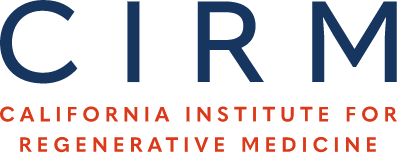Effects of amyloid-beta-mimicking peptide hydrogel matrix on neuronal progenitor cell phenotype.
Publication Year:
2024
PubMed ID:
38801867
Funding Grants:
Public Summary:
Self-assembling peptide-based hydrogels have become a highly attractive scaffold for three-dimensional (3D) in vitro disease modeling as they provide a way to create tunable matrices that can resemble the extracellular matrix (ECM) of various microenvironments. Alzheimer's disease (AD) is an exceptionally complex neurodegenerative condition; however, our understanding has advanced due to the transition from two-dimensional (2D) to 3D in vitro modeling. Nonetheless, there is a current gap in knowledge regarding the role of amyloid structures, and previously developed models found long-term difficulty in creating an appropriate model involving the ECM and amyloid aggregates. In this report, we propose a multi-component self-assembling peptide-based hydrogel scaffold to mimic the amyloid-beta (beta) containing microenvironment. Characterization of the amyloid-beta-mimicking hydrogel (Col-HAMA-FF) reveals the formation of beta-sheet structures as a result of the self-assembling properties of phenylalanine (Phe, F) through pi-pi stacking of the residues, thus mimicking the amyloid-beta protein nanostructures. We investigated the effect of the amyloid-beta-mimicking microenvironment on healthy neuronal progenitor cells (NPCs) compared to a natural-mimicking matrix (Col-HAMA). Our results demonstrated higher levels of neuroinflammation and apoptosis markers when NPCs were cultured in the amyloid-like matrix compared to a natural brain matrix. Here, we provided insights into the impact of amyloid-like structures on NPC phenotypes and behaviors. This foundational work, before progressing to more complex plaque models, provides a promising scaffold for future investigations on AD mechanisms and drug testing. STATEMENT OF SIGNIFICANCE: In this study, we engineered two multi-component hydrogels: one to mimic the natural extracellular matrix (ECM) of the brain and one to resemble an amyloid-like microenvironment using a self-assembling peptide hydrogel. The self-assembling peptide mimics beta-amyloid fibrils seen in amyloid-beta protein aggregates. We report on the culture of neuronal progenitor cells within the amyloid-mimicking ECM scaffold to study the impact through marker expressions related to inflammation and DNA damage. This foundational work, before progressing to more complex plaque models, offers a promising scaffold for future investigations on AD mechanisms and drug testing.
Scientific Abstract:
Self-assembling peptide-based hydrogels have become a highly attractive scaffold for three-dimensional (3D) in vitro disease modeling as they provide a way to create tunable matrices that can resemble the extracellular matrix (ECM) of various microenvironments. Alzheimer's disease (AD) is an exceptionally complex neurodegenerative condition; however, our understanding has advanced due to the transition from two-dimensional (2D) to 3D in vitro modeling. Nonetheless, there is a current gap in knowledge regarding the role of amyloid structures, and previously developed models found long-term difficulty in creating an appropriate model involving the ECM and amyloid aggregates. In this report, we propose a multi-component self-assembling peptide-based hydrogel scaffold to mimic the amyloid-beta (beta) containing microenvironment. Characterization of the amyloid-beta-mimicking hydrogel (Col-HAMA-FF) reveals the formation of beta-sheet structures as a result of the self-assembling properties of phenylalanine (Phe, F) through pi-pi stacking of the residues, thus mimicking the amyloid-beta protein nanostructures. We investigated the effect of the amyloid-beta-mimicking microenvironment on healthy neuronal progenitor cells (NPCs) compared to a natural-mimicking matrix (Col-HAMA). Our results demonstrated higher levels of neuroinflammation and apoptosis markers when NPCs were cultured in the amyloid-like matrix compared to a natural brain matrix. Here, we provided insights into the impact of amyloid-like structures on NPC phenotypes and behaviors. This foundational work, before progressing to more complex plaque models, provides a promising scaffold for future investigations on AD mechanisms and drug testing. STATEMENT OF SIGNIFICANCE: In this study, we engineered two multi-component hydrogels: one to mimic the natural extracellular matrix (ECM) of the brain and one to resemble an amyloid-like microenvironment using a self-assembling peptide hydrogel. The self-assembling peptide mimics beta-amyloid fibrils seen in amyloid-beta protein aggregates. We report on the culture of neuronal progenitor cells within the amyloid-mimicking ECM scaffold to study the impact through marker expressions related to inflammation and DNA damage. This foundational work, before progressing to more complex plaque models, offers a promising scaffold for future investigations on AD mechanisms and drug testing.



